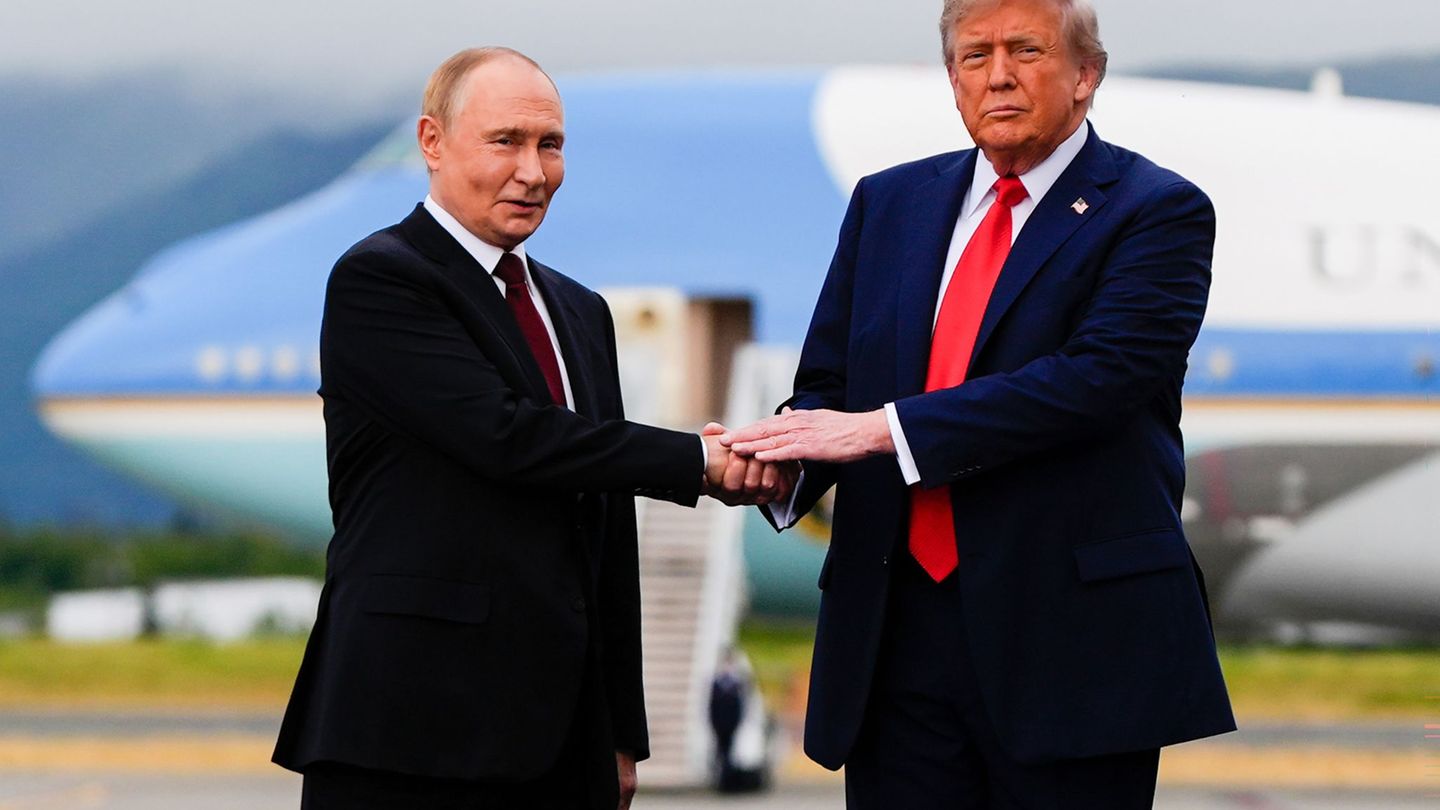“During 2025, it is planned to once again guarantee fiscal balance to definitively correct the imbalances and maintain the conditions of macroeconomic stability that will allow, together with the reforms approved by Congress in the Ley Bases and DNU 70/2023, the definitive takeoff of the country’s productive potential, generating a favorable environment for the increase in private investment, an improvement in productivity, and the growth of activity, employment and income.” affirms the message of the Executive Branch setting the course of the government of Javier Milei for next year.
It then details that in the first 7 months of the year, an accumulated surplus of $1,971,369 million was obtained, which is even more relevant if one considers that the starting point was a deficit of 4.6% of GDP in 2023. In detail, the National Public Sector accumulated in said period a primary surplus of 1.4% of GDP and a financial surplus of 0.4% of GDP (that is, after the payment of interest for 1% of GDP).
2025 Budget Criteria
This budget has a novel premise, namely:
- The revenue projection is determined and from there, the expenditure items that have automatic adjustments are calculated, such as pensions, and the fiscal margin for the remaining discretionary spending is determined, which is assigned to different budget items based on the established public policy priorities.
- As long as the macroeconomic scenario deviates from the projection presenteddiscretionary spending will be adjusted to ensure financial balance or fiscal savings will be increased.
- In case that If the growth in the level of activity generates a higher than estimated revenue, the surplus of these resources will be used to reduce taxes. This is the only reference to tax reduction in the 2025 Budget message.
- This will mean that for the second consecutive year the National Public Sector will not need financing through debt or monetary issuance since there will be no imbalances in public accounts.
Likewise, and as has been the case this year, the spending priorities for the La Libertad Avanza government are:
- Prioritise the nation’s own functions, eliminate unnecessary expenses and rationalise public administration.
- Social support for the most vulnerable was prioritized, with a focus on children and adolescents.
- Also internal security and national defense.
- And the modernization and simplification of the State.
These criteria will also govern management during 2025.
Social assistance
For the Government, the focus during 2025 will also be on the “care of the most vulnerable children.” In this context, it is noted that since Milei took office The amounts of the Universal Child Allowance and the Universal Pregnancy Allowance increased by 374%, compared to an accumulated inflation of 144%.
This meant that the “Coverage of the sum of the AUH and the Food Card (which increased by 138%) went from 55% of the Basic Food Basket in December 2023 to 98% in August 2024.”
In addition, the nutritional supplement of the 1,000-day Plan, which benefits almost 700,000 people, increased sixfold in April, from $3,303 to $19,818, and is increasing monthly in line with the mobility index, accumulating a rise of 1,322% until August.
Employment
For the government of La Libertad Avanza “work must become the path to integration and social mobility again.” The Potenciar Trabajo program, despite having more than 1.2 million beneficiaries “proved to be ineffective in achieving job insertion, while the intermediary scheme favoured irregularities in its implementation.”
This led to its reformulation by two programs:
- Back to Work: It is aimed at men and women between 18 and 49 years of age, with the aim of developing and consolidating a level of socio-laboral skills that allow them to reach an initial level of employability.
- Social Support: The aim is to promote social inclusion and improve the living conditions of households with the highest degree of exclusion and social vulnerability, aiming to strengthen their family unit and the community in which they live, striving in both programs to ensure that the money reaches where it is most needed, avoiding all types of intermediation.
These two programs will continue through 2025 under the portfolio headed by the Minister of Human Capital, Sandra Pettovello.
Security
“The strengthening and revaluation of the Defense forces will continue to be a priority in 2025,” says the budget message.
The arguments are: “For a country to prosper, this administration believes that it must firmly safeguard its territorial sovereignty and prevent drug trafficking and international terrorism.”
This explains why the message emphasizes the importance of “have Armed and Security Forces capable of defending their borders and eradicating or discouraging possible external and internal threats.”
The message to Parliament makes it clear that “They found a major weakness in the areas of Defense and Intelligence.”
For this reason the following actions were implemented:
- Acquisition of 24 modern supersonic multipurpose F-16 fighter aircraft from Denmark
- Acquisition of four long-range P-3 four-engine aircraft with the aim of controlling the Argentine sea and eradicating illegal fishing.
Order
“Ensuring that the lives of Argentines are increasingly safe and orderly is one of the mandates of this administration.”
In this case, the implementation of the Anti-Picket Protocol stands out, the primary objective of which is to guarantee free movement.
The fight against narcoterrorism will also be a State policy that will continue in 2025. In this context, The Flag Plan applied in the city of Rosario already “generated a significant decrease in intentional homicides on public roads, as well as successful seizure procedures for drugs, chemical precursors, weapons, among others..
For Milei, the objectives of both the portfolio he presides over Patricia Bullrich such as the Defense Department, in charge of Luis Petriare essential and for this reason they are highlighted in the message.
Modernization and simplification of the State
Since improving competitiveness will not be based on devaluation, it is essential for libertarian management to lower bureaucratic costs and free the private sector from state constraints. This approach began to be applied from the beginning of the administration. In this regard, the following actions were carried out:
- The number of ministries was reduced (from 18 to 8)
- The number of secretaries went from 106 to 52, implying the elimination of more than 50% of political positions.
- Resource savings were generated through the reduction of the fleet of cars, cell phones, the termination of contracts and the optimization of hiring and purchasing.
- The official guideline was suspended for one year, with a fiscal savings of $100 billion.
The objectives of Milei’s government are “to create a modern, effective, efficient, simple and useful State for citizens”. For this purpose, work was done on:
- Eliminate spurious customs controls, SIRA and non-automatic licenses.
- The temporary import regime for inputs for exporting companies has been simplified.
- Procedures that only represented obstacles were eliminated.
In terms of deregulation and simplification of the state structure, by 2025 the government will continue with:
- The reduction of trust fundsin order to end discretionary powers and increase transparency and accountability in the use of public resources.
- Progress will be made in the sanitation, concession and/or privatization of public companiesunder the premise that the State must be responsible for attending to essential public functions that are its own, and leave private initiative in conditions of competition and free market.
- Manage the production of goods and services in those sectors that do not correspond to their essential functions.
- The Ministry of Deregulation and Transformation of the State was created, with the aim of implementing a process of simplification and deregulation
Improvements in budget management
For the Government, “efficiency in the application of public spending is a priority objective.”
In this regard, two lines of strengthening budget management were worked on:
- The review and simplification of programmatic structures
- Prioritizing programs for better monitoring and evaluation.
This allowed to cancel 50 budget programs (from 468 to 418 programs) through the elimination of redundant programs, categories that respond to non-prioritized policies and/or the elimination of bureaucratic structures.
Regarding the prioritization of programs, a joint effort was undertaken with the various ministries in order to select the most representative programs of the policies being implemented and, starting in 2025, to strengthen the monitoring of expenditure and the efficiency of their management.
The official intention is to improve the management of the programs, based on the monitoring of their public production, the measurement of results and the link with government priorities, based on 5 axes:
- Monthly physical goals
- Outcome indicators
- Budget self-assessment
- Linking Plan Budget (public policy priorities)
- Conduct a programmatic review.
In this way, the main policies of each ministry will be monitored and evaluated in order to improve the efficiency of public spending.
Source: Ambito
I am Pierce Boyd, a driven and ambitious professional working in the news industry. I have been writing for 24 Hours Worlds for over five years, specializing in sports section coverage. During my tenure at the publication, I have built an impressive portfolio of articles that has earned me a reputation as an experienced journalist and content creator.




